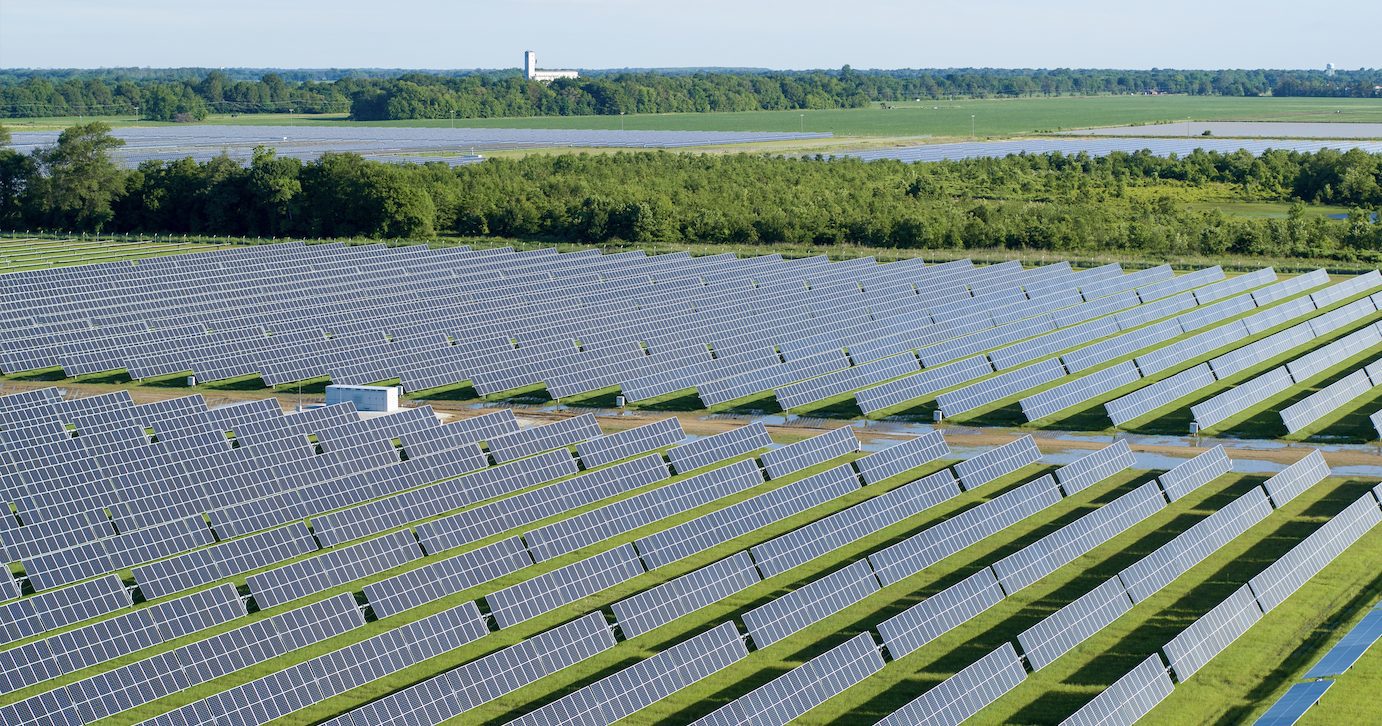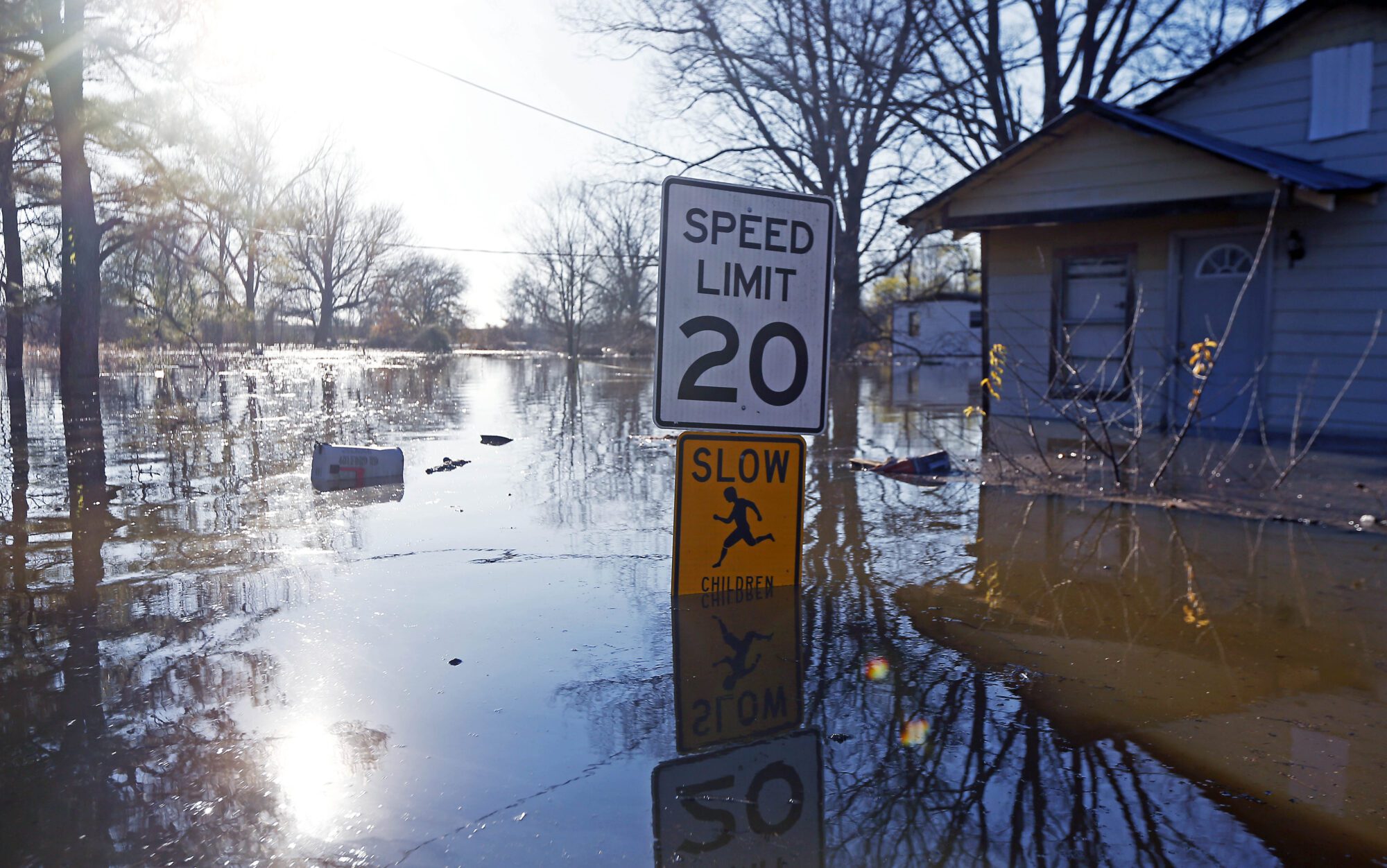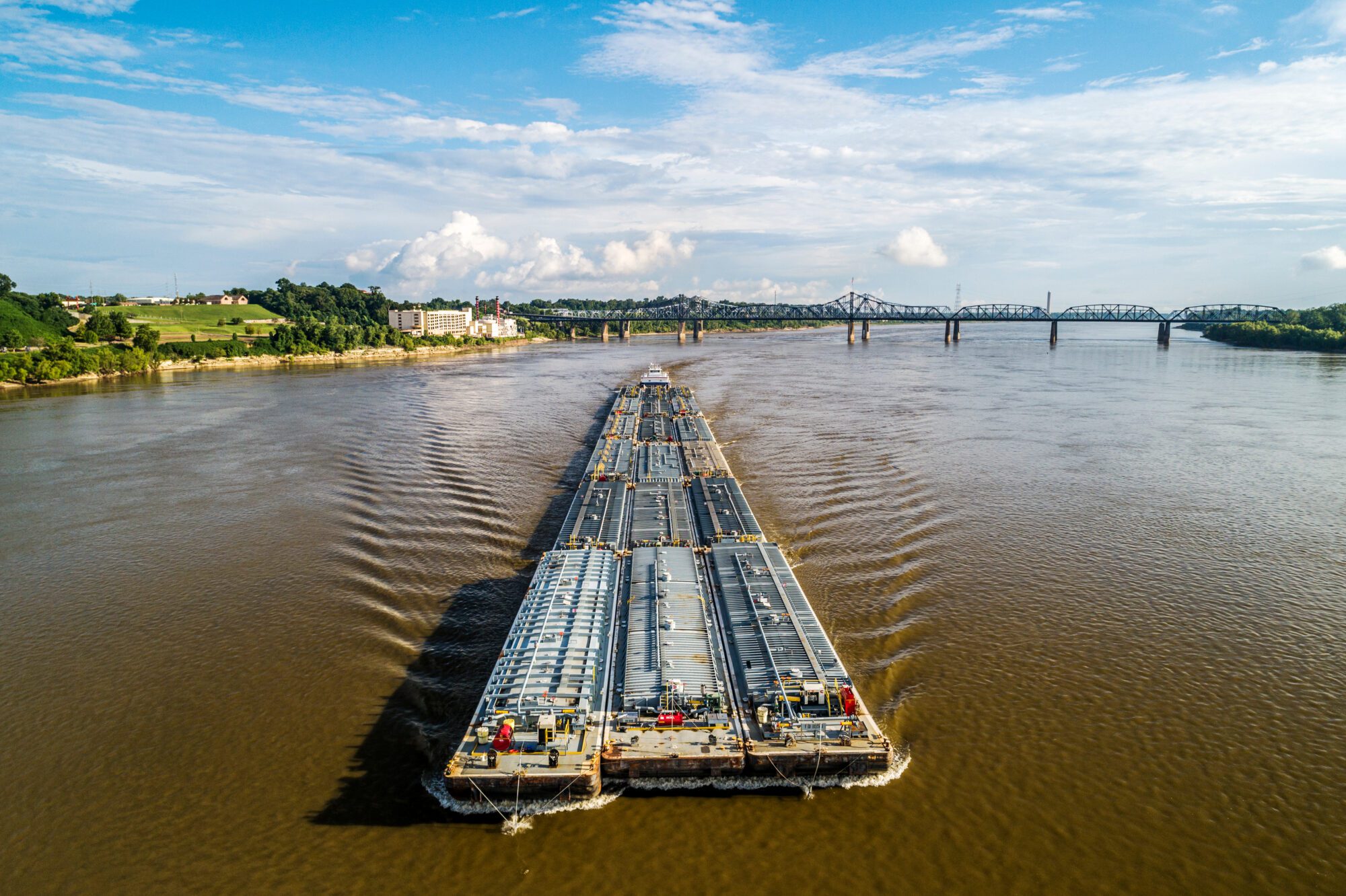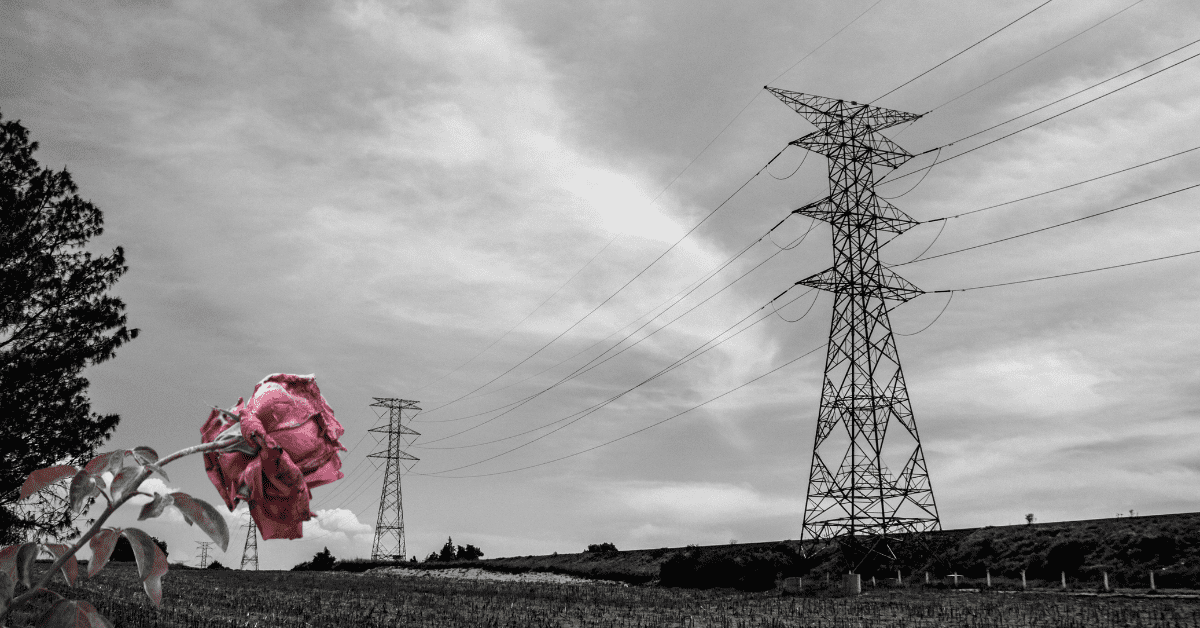
(Photo from Entergy Mississippi)
- Kelley Williams Sr. says Entergy is adding more solar power to satisfy Amazon’s virtue signaling demands. That makes the imbalance worse and reduces marginal resilience even more.
Why are Entergy’s rates for Amazon secret? Entergy says because that’s the way things work. When you’re dealing with a really big customer who wants rates to be secret, rates are secret. You know, trade secret and competitive advantage issues. That’s understandable. If you’re Amazon and your data center energy efficiency is better or worse than Meta’s, or Google’s, or Microsoft’s, you don’t want them to know. That’s a legitimate business reason for secret rates.
If you’re Entergy and your rates are lower for Amazon and higher for residential customers as a result, you don’t want your residential customers to know that they are subsidizing Amazon. So you want secret rates. That’s not a legitimate business reason.
You wouldn’t want the Public Service Commissioners to know about punitive residential rates either — if they were able to do their jobs and regulate rates. But since the legislature has usurped their regulatory authority and given you political cover, you don’t need to pull the wool over the PSC’s eyes. You just need to keep your residential customers in the dark. You know how to do that. Besides, it’s easy because rate making is so complicated that few people understand or ask about rates. And your paid experts intimidate those who do.
I’m not an expert. But I understand enough to know two ways Entergy’s rate practices harm residential customers to benefit Amazon’s data centers. Monopoly utilities in other states do the same thing. But their harm is less because legislators in other states have more concern for residential customers and have not neutered their Public Service Commissioner regulators.
First, Entergy charges residential customers more than their share of the cost to build power plants, substations, transmission lines, etc., that are necessary for data centers but are not needed for residential households. Why should residential customers pay any of the cost of something they don’t need? Maybe their fair share is zero. Some are already getting more electricity than they can afford.
But Entergy says: “Trust me. Our spending will benefit you because it will make our system more resilient (reliable). Skeptics who have learned not to trust Entergy say: “Maybe it will. But resilience wasn’t that important to you before Amazon required it. Why should residential customers pay more for your spending to satisfy Amazon?”
Entergy should be concerned about resilience. We should all be concerned because we are in the MISO grid, which connects customers and utilities in 15 states. It’s the least resilient (greatest risk of blackouts) of all US grids. How do we know? And Entergy’s spending for Amazon makes it less resilient. How do we know that too?
Entergy and other utilities buy supplemental power to prevent or mitigate blackouts when the grid is short of power. The price for that power or supplemental capacity is set a year in advance. It reflects the grid’s resilience or risk of blackouts. The lower the grid’s resilience, the greater the risk of blackouts, and the higher the cost of supplemental capacity. MISO’s cost for next year is the highest of all US grids — because its risk of blackouts is the greatest. That high cost will be passed on to Entergy’s customers. But not fairly. Residential customers will pay more, and Amazon will pay less than its proportionate share.
That’s the second way Entergy and other monopoly utilities harm residential customers to benefit data centers. But Entergy’s residential customers are harmed more than customers in other grids because Entergy’s capacity cost is higher and because there is no PSC regulatory constraint on Entergy’s arbitrary capacity cost allocations — thanks to the legislature.
Moreover, Entergy’s capacity cost will increase because of things it’s doing for Amazon. (Also thanks to the legislature.) What things? The MISO grid has low resilience and high risk of blackouts because it gets too much power from intermittent renewables (wind and solar). Renewables can’t be relied on to meet changing electricity demand. That problem is worse in Mississippi because of high demand for air conditioning. Air conditioning demand peaks in the late afternoon and early evening when solar power declines and disappears. That supply-demand imbalance can trigger blackouts.
Despite this, Entergy is adding more solar power to satisfy Amazon’s virtue signaling demands. That makes the imbalance worse and reduces marginal resilience even more.
Entergy has 384,000 residential customers. That’s about a million people. Some 200-400,000 of them live in poverty. Over 40% of Mississippi households are “energy burdened” according to the Department of Energy. They spend more than 6% of their annual income on energy. Low-income households spend about 12% — the highest in the US. Entergy’s spending for Amazon will make things even worse for them.
There’s more to come about this. Stay tuned.









